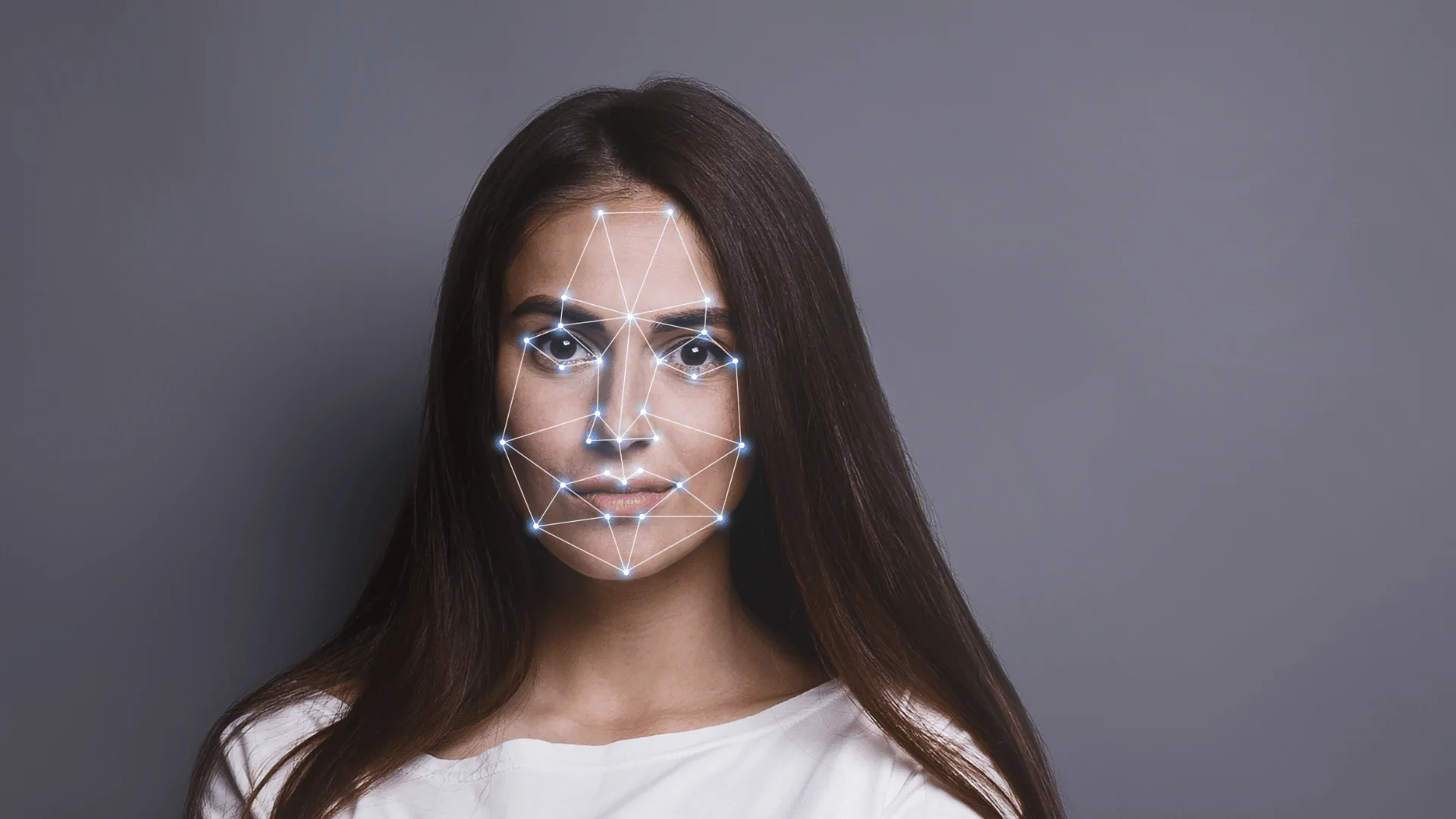In a world where technology and education intertwine more closely every day, generative AI in learning and education is writing even this chapter. From the depths of neural networks and the vastness of data, generative AI emerges not just as a tool but as a visionary in the field of education. Join us on a journey through eight fascinating examples where AI is not merely a supporting character but the hero, reshaping the narrative of learning and development.
As we turn the pages, we’ll uncover the role of artificial intelligence in education, from personalized learning paths to newfound freedom for teachers and trainers. Welcome to a story of innovation, inspiration, and insight – a glimpse into the present (and the near future) of education with generative AI.
AI in Learning And Development: A Brief History
The history of generative AI in education began in the early 2000s. Then, computer scientists began to use basic AI algorithms in adaptive learning systems, laying the foundation for personalized learning. The advancement of machine learning and neural networks in the late 2000s significantly enhanced AI’s capabilities in education, allowing for more sophisticated educational tools and insights into student learning patterns.
A major breakthrough was the introduction of natural language processing (NLP), enabling AI-powered educational assistants to interact with students in natural language.
The late 2010s saw the emergence of generative AI models like GPT, revolutionizing the field by generating educational content, providing instant feedback, and creating interactive learning experiences. Today, generative AI plays a dynamic role in education, continually evolving to offer more immersive and personalized learning experiences.
Role Of Artificial Intelligence In Education

The use of natural language processing (NLP) in AI-powered educational tools is a notable advancement, enhancing the way AI systems interact with learners.
Let’s first emphasize that the education and training sector is among those most eager to adopt generative AI. Artificial intelligence in learning uses the latest technology of deep neural networks, huge data sets, and enormous computing power to revolutionize information processing. This potential creates enormous opportunities for schools, universities, educational institutions, and training companies. What are the most popular use cases for generative AI in learning and education?
Here, we can distinguish 8 use cases of generative AI in learning and educational development, including content creation or identifying knowledge gaps. Now, let’s briefly describe each use case:
Content Creation
As for content creation, generative AI in learning and education provides unique, tailored materials that cater to various subjects and learning styles. For instance, AI tools can now automatically generate interactive quizzes and educational games, making learning more engaging for students. AI can create diverse and culturally rich language exercises that mimic real-life conversations, enhancing language acquisition in language classes.
Moreover, AI creates realistic simulations in science education, allowing students to conduct virtual experiments and explore concepts in a safe, controlled environment. This enriches the curriculum and brings interactivity and practicality previously challenging to achieve. Such innovations are invaluable in creating a more dynamic, inclusive, and effective educational experience, paving the way for a future where learning is deeply personalized and universally accessible.
Educators and learners most often use a LLM ChatGPT for this purpose (source). Other commonly used generative AI tools include Google Bard, Midjourney, Bing, Claude, Dall-E, and Canva.

Identifying Knowledge Gaps
The ability to identify a student’s areas of difficulty is important in the teaching profession, and that makes the role of artificial intelligence in education extremely crucial.
For instance, in the field of mathematics education, AI-based diagnostic tools can examine student answers to identify certain misconceptions in subjects like algebra or geometry. Algorithms that use artificial intelligence are also great at finding patterns in students’ work and finding common grammatical or lexical mistakes.
Teachers can modify their instruction to fill identified gaps when receiving targeted feedback. Generative AI can improve learning experiences and help students with their challenges. With this approach, education gets a more effective and flexible system adapted to each student’s needs.

Personalized Learning
Custom learning is another use case of generative AI in education and learning, making it more adaptive and effective. For instance, different AI tools can adjust math problem difficulty and type based on individual student performance, providing a tailored learning experience.
Another example is the widely-known Duolingo, a language learning tool that uses AI to customize lessons to each learner’s pace and skill level. In reading, various applications utilize AI to select texts that match and challenge each student’s reading level, adapting as they improve.
These examples demonstrate how generative AI tools make education more inclusive and effective, allowing students to progress at their own pace and ensuring a deeper understanding of the material.
Instant Feedback And Support
Following the trend of personalized learning, the role of AI in providing instant feedback and support is equally transformative. Platforms utilizing AI for immediate grading of assignments and quizzes offer learners quick, actionable insights into their performance. This instant feedback is vital for students to understand and correct their mistakes promptly.
In specialized areas like coding, for example, generative AI in learning can analyze and provide real-time feedback on student-written code. This speeds up the learning process and builds students’ confidence in mastering new skills. Especially in distant learning environments where in-person teacher interaction is less common, this AI-enabled rapid feedback is essential to sustaining student engagement and guaranteeing ongoing, interactive learning.
Social-Emotional Development
The socio-emotional development of learners is related to the personal development of learning. Here, too, is the generative AI trained to bring advancements. Examples? Innovative AI-driven tools can now monitor students’ emotional states and behaviors, providing crucial insights for a more empathetic learning approach. Additionally, this type of software can detect signs of frustration or disengagement in students by analyzing their responses and behaviors. Such detection enables educators to provide timely emotional support or motivational strategies.
Let’s add that AI-driven chatbots and virtual assistants create safe spaces for students to express emotions and seek advice, fostering emotional resilience. This broad application of generative AI in learning and education extends beyond academic achievement, focusing on nurturing students’ emotional well-being for overall success.
Increasing Learners’ Engagement

The role of artificial intelligence in education also involves boosting learners’ engagement.. Tools like gamified learning platforms use AI to create dynamic, personalized challenges that motivate students. AI can generate immersive virtual and augmented reality experiences, transforming traditional training into an exciting adventure, especially in industry-related subjects like supply chain management, safety management, or general productivity.
Let’s not forget that this enhanced engagement through AI is particularly effective in maintaining student interest, which is vital for remote or hybrid learning models where keeping students focused can be challenging. This shift towards a more engaging learning environment showcases AI’s potential to make education more effective and enjoyable for students.
Getting Insights About Learners
The use of generative artificial intelligence in learning and education also means extracting important insights about the way students and employees learn during training. The impact of these insights is particularly valuable in identifying trends and gaps in learning, which is crucial for curriculum development and improvement. Generative AI in learning assesses student performance data, offering educators a deeper understanding of class dynamics and individual learning needs.
In mathematics, AI systems can widely analyze student responses to identify common misunderstandings, guiding teachers in focus on challenging areas. Language learning apps use AI to track progress in grammar and vocabulary, providing data to refine teaching approaches.
In science, AI tools analyze lab experiment results, offering insights into students’ experimental skills and conceptual grasp. This data is invaluable for educators in customizing lab activities and theory sessions.
Generating More Free Time For Teachers And Trainers
The last use case of generative artificial intelligence in education is humanistic. Thanks to AI solutions, students and educators simply have more free time left. By automating administrative tasks like grading and attendance tracking, AI frees educators from time-consuming paperwork.
For instance, various platforms use generative AI in learning to grade assignments, allowing teachers to focus more on student interaction and personalized teaching. In professional training scenarios, AI-driven platforms stream content creation and assessment processes, enabling trainers to dedicate more time to developing innovative training modules and engaging directly with trainees.
Ethical Implications of AI in Learning and Education
While generative AI in learning and education brings exciting advancements, it’s essential to consider its potential challenges and ethical dilemmas. One major concern is data privacy. With AI systems processing vast amounts of personal student data, there’s a risk of data breaches or misuse. For instance, in the US, regulations like the Children’s Online Privacy Protection Act (COPPA) are being scrutinized to ensure they encompass AI’s evolving capabilities in safeguarding minors’ data.
Another issue is the potential for AI to reinforce biases. AI algorithms can perpetuate prejudices, leading to unfair or biased educational outcomes if not correctly designed. This has prompted regions like the European Union to propose regulations under the Digital Services Act and the Artificial Intelligence Act, focusing on transparent and non-discriminatory AI systems.
In Asia-Pacific, countries like Singapore and Japan are exploring ethical AI frameworks, emphasizing the responsible use of AI in education to prevent issues like over-reliance on technology, which could impact critical thinking skills.
As we embrace AI’s potential in transforming education, it’s crucial to navigate these challenges thoughtfully, ensuring that AI is used in a way that’s fair, and ethical, and enhances the learning experience for all students.
Generative AI in Learning: A conclusion
As you can see, generative AI in learning and education is changing methods and the essence of teaching and learning. The wide range of applications of generative AI, from creating engaging content to customizing individual learning experiences and streamlining administrative tasks, has ushered in a new era in education. Professional AI consulting can provide more information about the possibilities of generative artificial intelligence in education and learning.
Technological progress revolving around AI capabilities certainly brings many benefits to educators and learners, and there are many examples of this in current life. However, navigating this new landscape requires a certain balance. The balance between harnessing the innovative potential of artificial intelligence and protecting copyright, creativity, independent thinking, and the integrity of education. Let’s not forget this.





